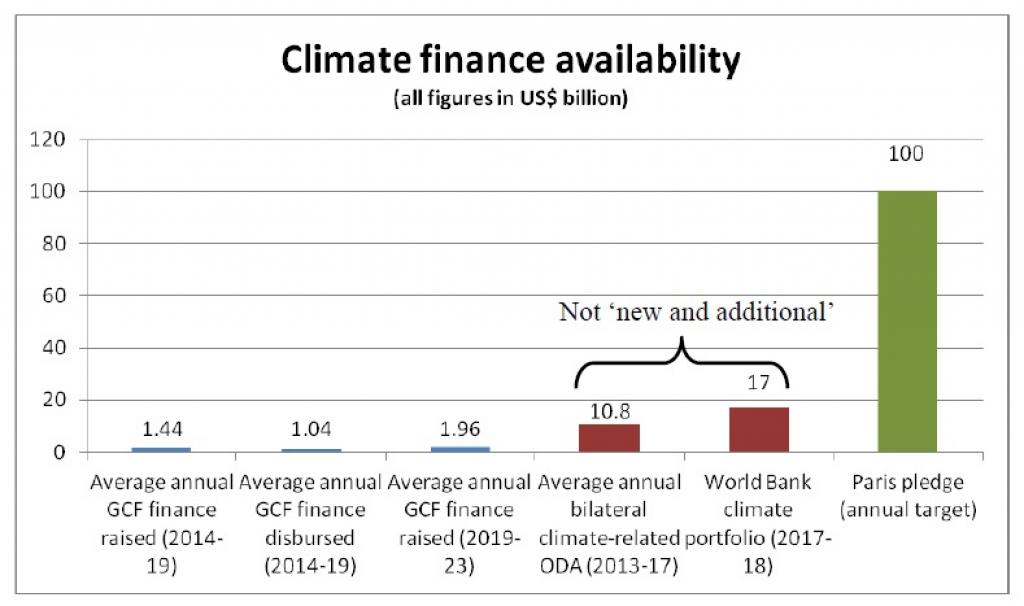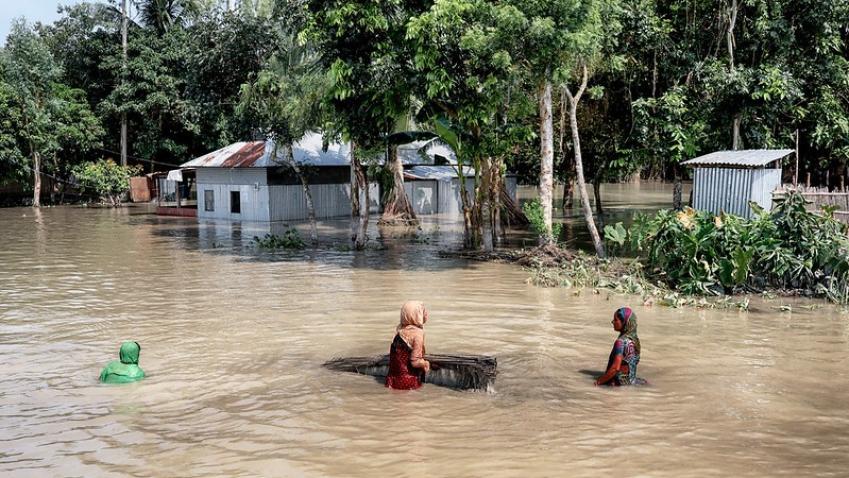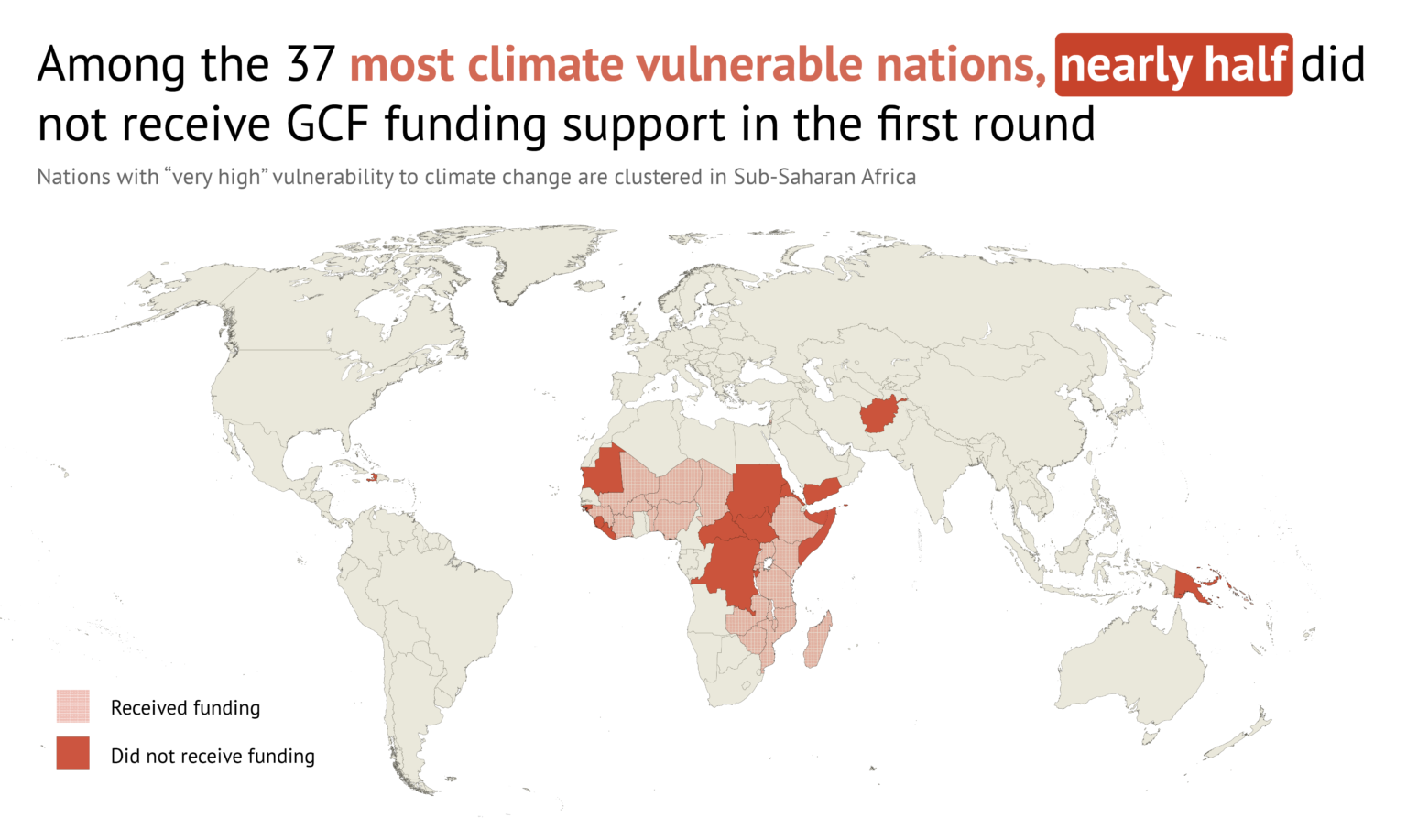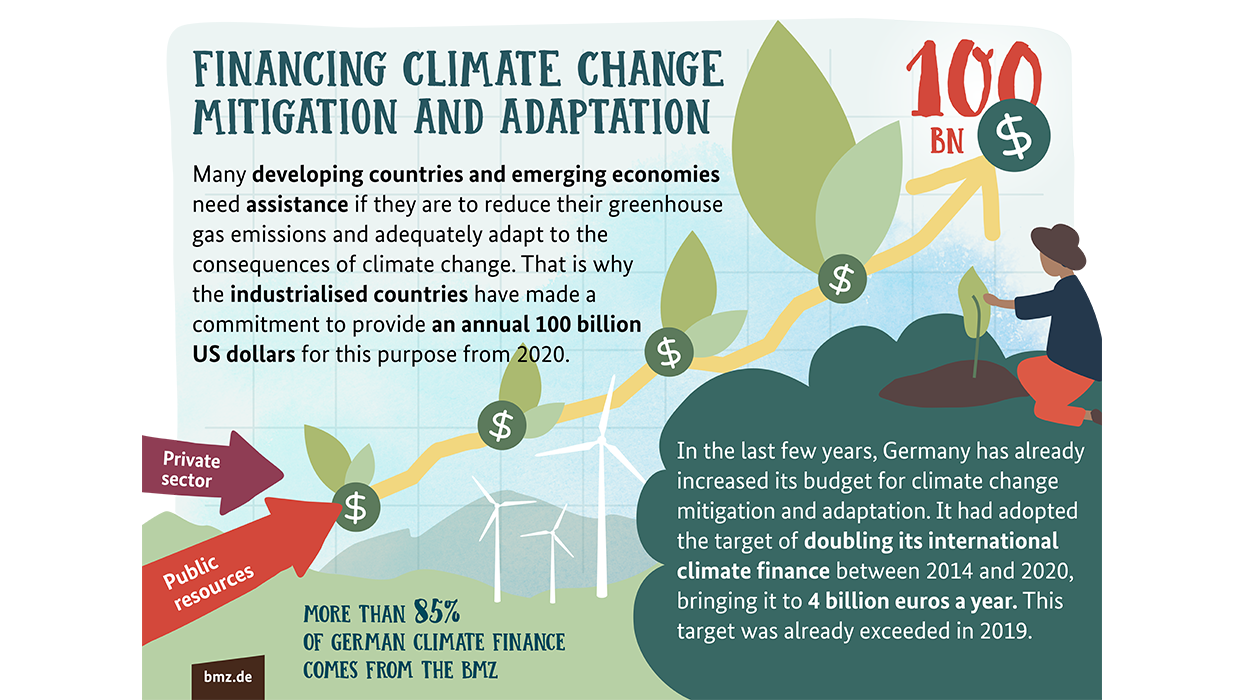Our lovely innocent neighbor called Madagascar accounting for producing only 0.01% of the world’s annual greenhouse gas emissions, is expeditiously paying for the sins made by the forward nations in the form of climate change.
Long term droughts, scanty rainfall, intense and frequent cyclones etc., have devastated the fragile livelihoods without people even noticing what they have lost in terms of the promises made.
Is it not fair for the younger nations to aspire, dream to alleviate its perils? Can they not dare to fantasize greater gains by destroying natural resources? Are they naïve to not wait a little bit longer in hope of sustainability to sink in?
“Before I owned a rice field, I had to destroy the forest. I used half a bucket of seeds, I burned the ground and when the time to harvest came, I was hardly able to harvest four or five buckets of rice”, wails a farmer.
And in similar ways, many regions of the world are experiencing vast problems rooting from climate change in different faces. Although climate change is an unbiased phenomenon, taking us all one by one, but a few countries have surely outrun the others in their cumulative damages.
In the same light, COP 26 could witness a collective cry of these nations, who demanded a fair share of money and funds while they experience more than their fair share of problems.
But however astounding it may be, a recent research has pointed out how nearly half of the world’s top vulnerable nations from climate change, be it India or Afghanistan, have been endangered from the reach of climate grants which is needed and been yearned for adaptation, particularly drawn from the UN’s Green Climate Fund (GCF).
Breaking it otherwise, less than a meagre $5 per person climate finance reaches the top vulnerable countries of the planet.
With barely no money in hand for the projects in almost 13 of the 30 “least developed” nations of the most deprived and battered continent called Africa, their penance each year is huge.
One of the largest funds called GCF was found to help the most exposed nations help mitigate and adapt to climate hazards.
But it has turned out to spend more than $5 billion between 2015 and 2019, almost doubling the projects’ value and worth while these Nations continue to yearn for money to survive.
What is Green Climate Fund and what is its role in alleviating climate distress?
It was the Paris Agreement in 2015 that actually brought life to the idea of Climate justice associated with $100bn in climate finance, that was promised by wealthier nations till 2020 but nothing is expected of these nations to reach this goal by 2023.
Hence, came GCF under the banner of UNFCCC as a key part of this effort.
With a shrinking opportunity window to stabilize things ahead of climate change, the GCF aims to support the lesser developed nations to raise and even realize their Nationally Determined Contributions (NDC) ambitions towards low carbon emissions, cleaner and climate-resilient pathways.
This includes encouraging the climate-smart technologies to prosper and capitalize on new growth opportunities.
It is mandatory for GCF to invest 50% of its resources for mitigation and the rest 50% for adaptation proportionally.
However it is important to note that at least half of this adaptation- linked proportion must be diverted to the most climate vulnerable countries.
While allocating funds, GCF notes: “The board will take into account the urgent and immediate needs of developing countries that are particularly vulnerable to the adverse effects of climate change.”
This includes the least developed countries (LDCs), small island developing states (SIDS) and African states.
But as per an expert: “Unfortunately, most climate vulnerable, least-developed and developing countries have found it a bit difficult to access”.
Why has the GCF not been accessible to the intended vulnerable nations?
Because of significant lack of resources, data and even infrastructure, these nations remain restricted from the grant’s access.
The study analyzed the $2.5 billion worth of adaptation fund and found that 54% of it allocated in the first GCF tranche went to the ‘particularly vulnerable’ countries like LDCs.
But they found a lack of in-depth prioritization as an issue within the GCF’s allocation approach but they could not identify the “most vulnerable” recipients of these.
Problem lies in an actual comprehension of the needy nations.

Consuming the existing indices from the World Bank data, the level of vulnerability of these nations was ascertained.
Based on this ranking, it was found that 16 of the 37 nations categorized as most vulnerable to climate change did not receive the GCF project funding in any respect.
Mostly, insufficient institutional capacity and unhealthy bureaucratic arrangement make it harder for certain countries in chaos to access funds, particularly because of their own institutions.
“The GCF is a competitive fund…There are countries like Tajikistan, Pakistan, India and many others that are stable, that have research, stable organizations and expertise. They can prepare a proposal very well.”
Kenyan and Tanzanian governments have already brought this issue to fore, how data gaps have made it more difficult for them to validate their needs of increased funding hence restricting their reach to important resources from organizations like the GCF, Global Environment Facility and Adaptation Fund.
While the study is based on data from 2015-19, we hope the world established organizations understand this gap apart from the other immutable differences and deploy a watchful eye on next phase of allocation.
For it can make or break a few worlds!



